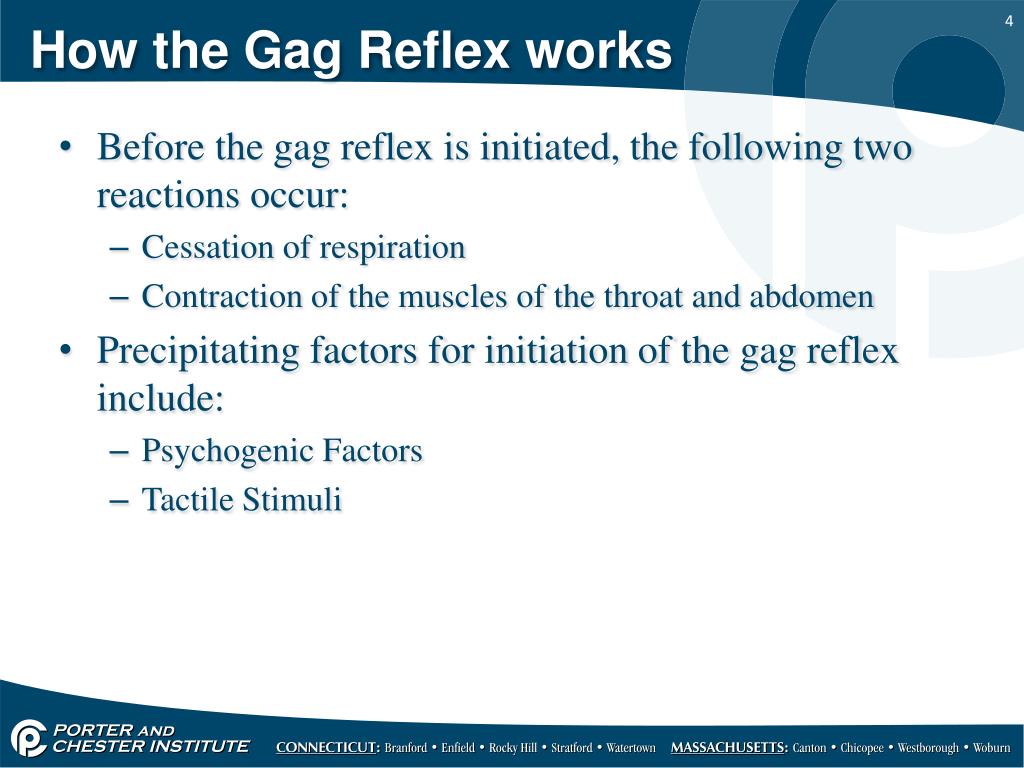

Diabetes insipidus is commonly seen, but not always.Spinal reflexes may be seen – which can be confusing (more on this in the next section).⚠️ Note, however, that various EEG artefacts can easily confuse this picture.If EEG is attached, it will be completely suppressed (totally flat EEG).Patient is not chemically paralyzed (e.g., deep tendon reflexes are preserved).A formal apnea test is still required before diagnosing brain death (more on this below 📖). Alternatively, if the patient makes no respiratory effort despite a substantially elevated end tidal CO2, this suggests loss of respiratory drive. If the patient makes any respiratory effort, then they have an intact respiratory drive (so brain death is excluded). Observe the patient's vital signs, respiratory efforts, and end tidal CO2 for about five minutes. If safe, decrease the respiratory rate on the ventilator to a very low rate (e.g., 4 breaths/min). An informal apnea test may be used to provide more accurate information about whether the patient has an intact respiratory drive.⚠️ Note that if the ventilator's set respiratory rate is high enough to cause a respiratory alkalosis, which will normally suppress the patient's own respiratory drive.(3) No respiratory drive (patient doesn't over-breathe the ventilator).No cough reflex (when suctioning endotracheal tube).(1) Coma (e.g., no cerebrally-mediated response to pain).Variety of drug intoxications, for example:.Ischemic stroke with cerebral edema and herniation.Fulminant hepatic failure causing cerebral edema.Anoxic brain injury (usually due to cardiopulmonary arrest).(1) common causes of brain death (if present, these support the diagnosis of brain death) Be extremely cautious about pursuing a diagnosis of brain death in patients who lack an underlying process that explains why they should be brain dead.

The baby’s spine should curve in response, causing the head and feet to move towards the side being stroked.Clinical context may either support the possibility of brain death, or it may suggest the possibility of a brain-death mimic.
NO GAG REFLEXES SKIN
The Galant reflex is tested by holding the baby face-down in one hand while using the other hand to stroke the baby’s skin along either side of the spine. Step reflexĪ healthcare provider tests the step reflex by holding the baby upright and gently touching the baby’s feet to a surface. When a baby’s cheek is stroked, the baby will turn toward the cheek that was stroked and will make a gentle sucking motion. The rooting reflex is commonly used to achieve a breastfeeding latch. When the baby is caught, the baby will bring its arms back to its body. If a baby’s Moro reflex is present, the baby should appear startled and lift its palms upward, with its thumbs out.
NO GAG REFLEXES PROFESSIONAL
The professional administering the test lets the baby’s head drop backwards slightly, and then catches the head before it hits the pillow or mat behind it. The Moro reflex is tested by gently positioning a baby in a seated stance with the head supported. The baby should grasp the finger and may even maintain a firm grip on the finger. The grasp reflex is tested by placing a finger in the baby’s open palm. In an adult, the foot and toes will curl inward. The baby’s toes will fan out and the big toe will move upward. The Babinski reflex is tested by stroking the underside of the baby’s foot, from the top of the sole toward the heel.

If the baby’s head is turned to the right, the baby will assume the opposite position. This means if the head is turned to the left, the right arm flexes and the left arm reaches straight away from the body with the hand slightly opened. This causes the baby to take on a “fencer” position.

Asymmetrical tonic neck reflexĪ baby shows the asymmetrical tonic neck reflex when they are lying down and the head is turned gently to the side. Tests for neonatal reflexes check if babies react appropriately to certain stimuli.


 0 kommentar(er)
0 kommentar(er)
